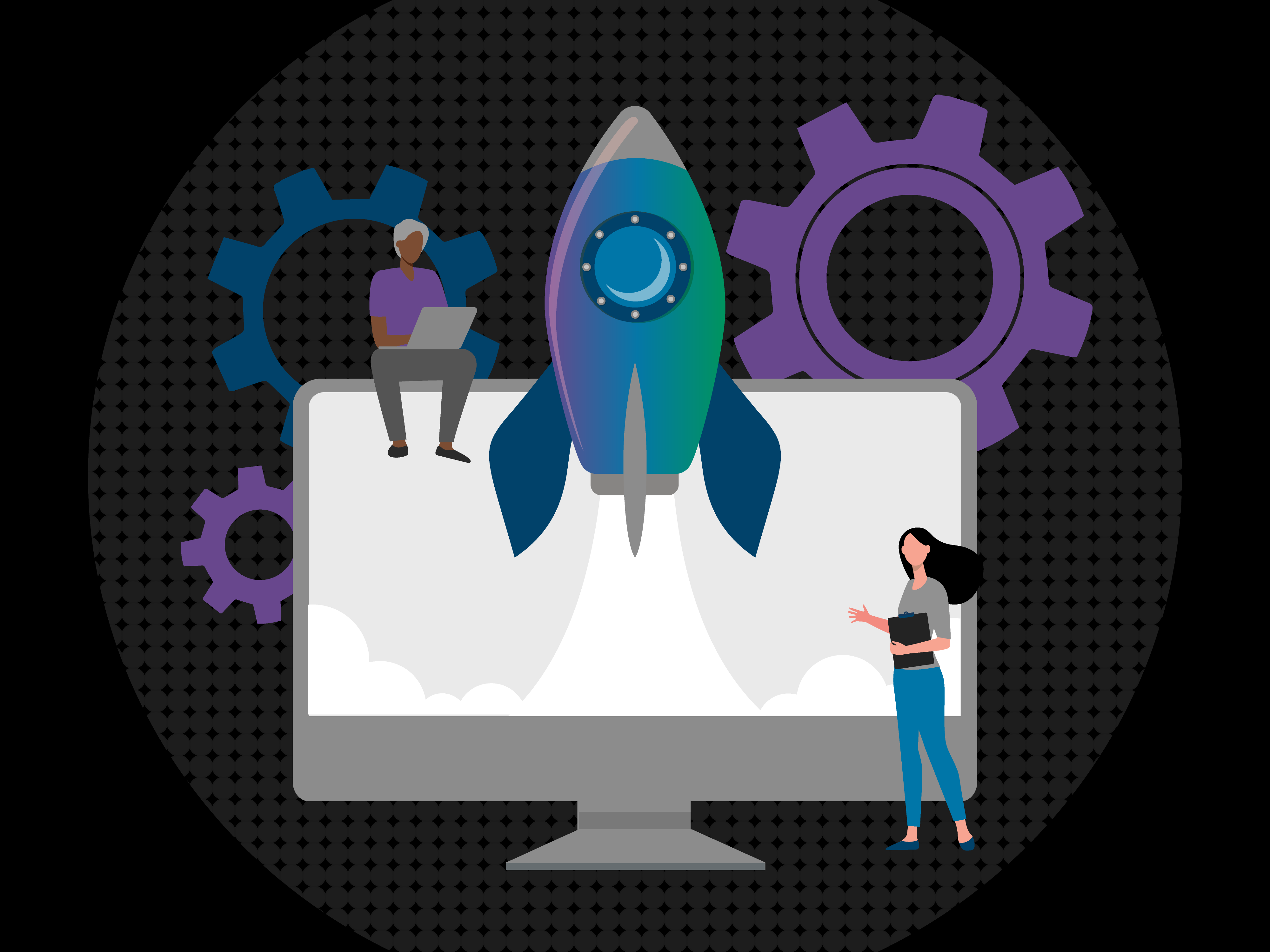One of the many effects of the COVID-19 pandemic on businesses was the accelerated need for digitization and innovation—and nowhere was this truer than with banks and credit unions. With branch offices forced to close during the shutdown, the digital branch became the only branch and consumers had to quickly make the transition from in-person transactions (such as opening an account or depositing a check) to digital.
Consumers weren’t the only ones who had to quickly evolve. Banks and credit unions had to pivot to accelerate innovation in their digital offerings, and we at Q2 had to evolve the way we delivered software upgrades to customers—from a manual and custom approach to an automated, streamlined, and scheduled process that allowed Q2 to rapidly deliver innovation en masse.
There are nearly 5,000 FDIC-insured financial institutions in the United States, all struggling to find some differentiation, and Q2 customers continually express their appreciation for the unparalleled customizability and differentiation we provide.
Our most successful customers are those that want to leverage and use technology as a differentiator. Q2 has always been an industry leader because we offer customizability and differentiation. But this can increase complexity because upgrading customized software is a slow process that can impede innovation.
This is where we were in 2020, as the pandemic forced banks and credit unions to go completely digital. Upgrading customers on average one or two times per year was not going to satisfy the rapid demand for innovation. Our response was to introduce seamless upgrades to give our customers the best of both worlds. We’ve allowed them to continue to leverage our customizable software solutions with a blend of project-based upgrades and automated upgrades to get innovation in their hands more rapidly.
By automating the delivery of back-end upgrades that don’t alter the end user experience, we can spend more time delivering innovation that our customers will see and use.
Prior to seamless upgrades, some of our customers might have waited nine to 16 months to get an upgrade. Since nearly 20% of our revenue goes into R&D, we want to make sure our customers can leverage innovations as soon as they’re available, and they can only do that if their software is current. The new process of delivering software dramatically accelerates our ability to increment versions (every two months) so customers and their account holders can reap the benefits of new software more quickly.
In the early days, an upgrade was a multi-hour event that required planned downtime. Today, new versions are continuously upgraded with zero downtime, and we have the ability to deliver an emergency patch in response to a security threat, or hotfix to improve customer experience—in a matter of hours.
All our customers are automatically enrolled in the service at no cost to them. We view this as a partnership, where we can continually improve the experience and process based on customer feedback.
Since introducing seamless upgrades in 2020, we have delivered 35,000 automated version increments for our customers (that’s 10 times per year versus the previous one to two times per year). That’s obviously a huge milestone for us and helps us get software into the hands of our customers faster—more than six times faster than before.
We can react almost instantaneously now for things that previously took weeks or months to coordinate. The process is now in place to ensure we’re proactively delivering new features, resolving regressions, and addressing customer requests.
Moving forward, we’re ideally positioned to build upon record software quality while accelerating the amount of innovation and value we deliver to our customers.
This blog was co-written by Q2ers Jordan Hager, SVP of Global Technology and Operations and Michelle Cottrell, Director of Platform Engineering for Global Technology and Operations.

Delivering Faster Innovation with Automated Software Upgrades
By Q2
21 Mar, 2023


